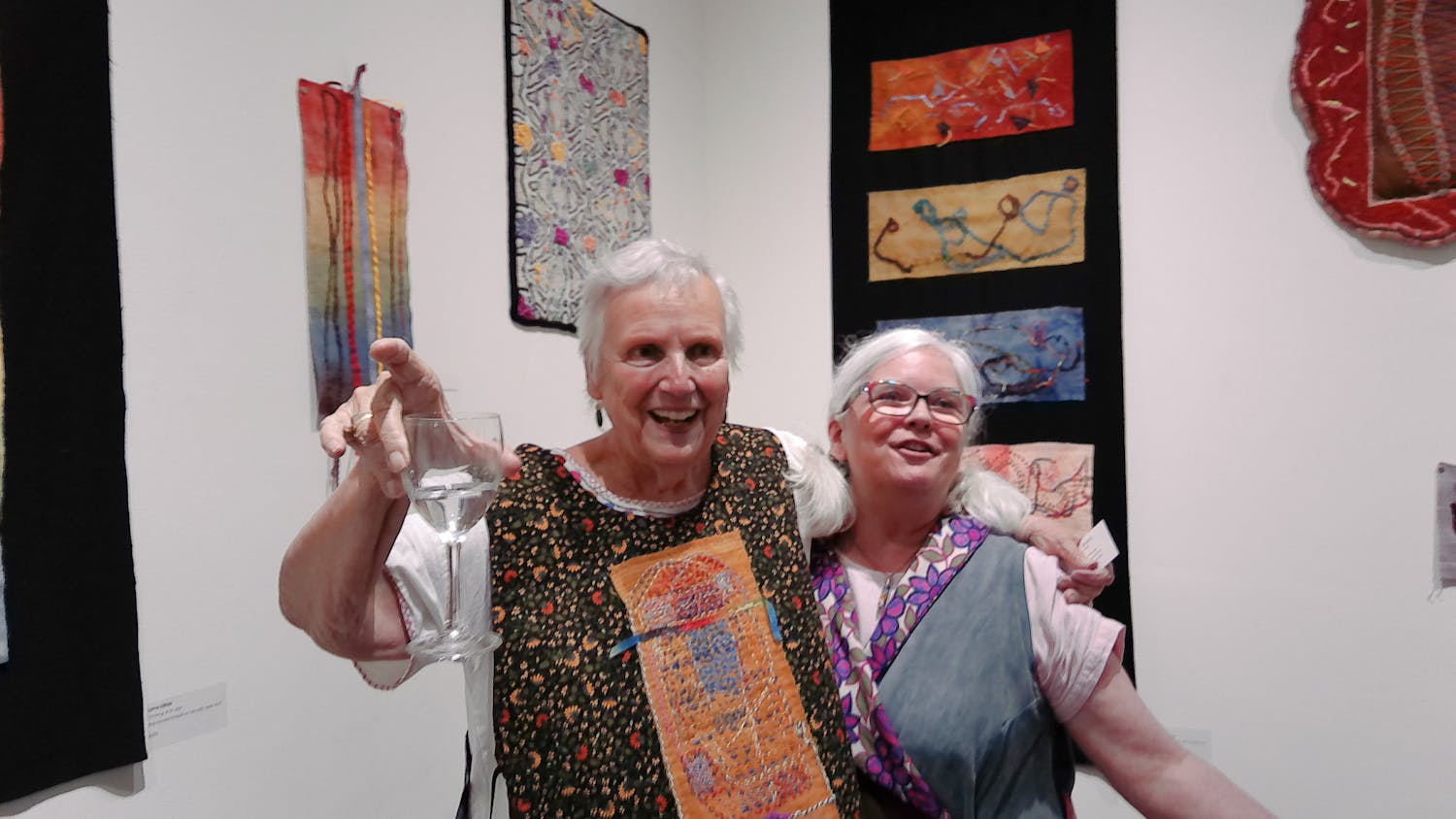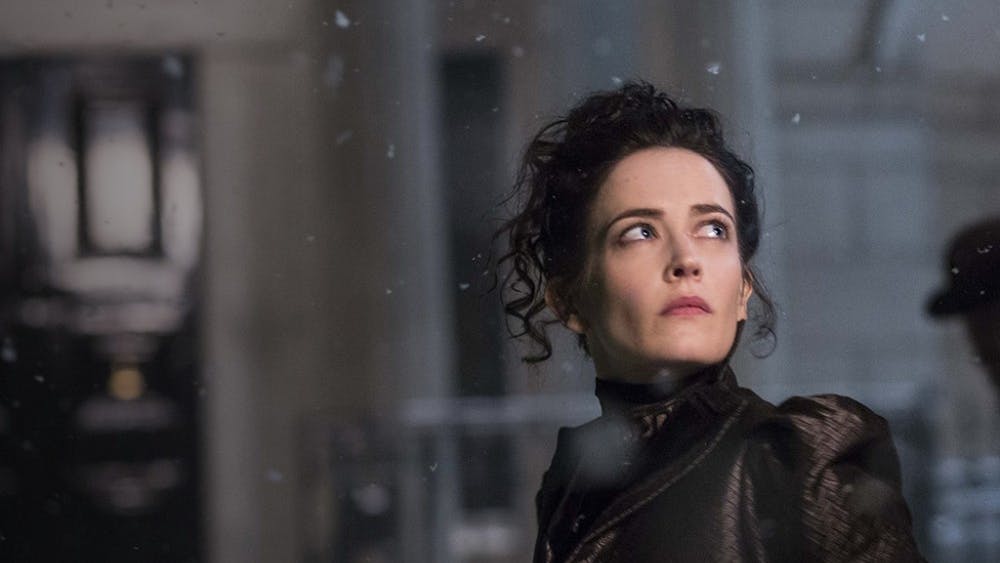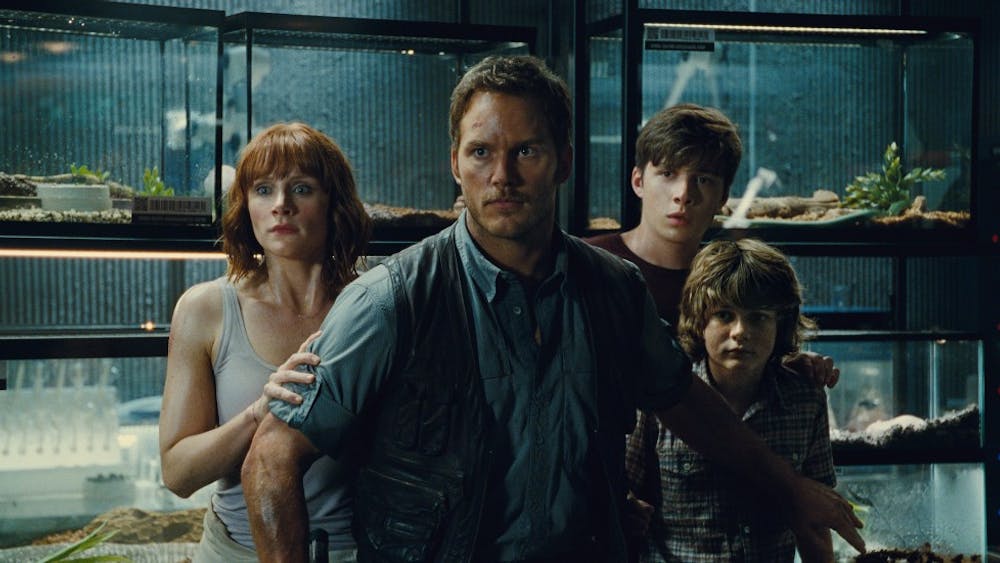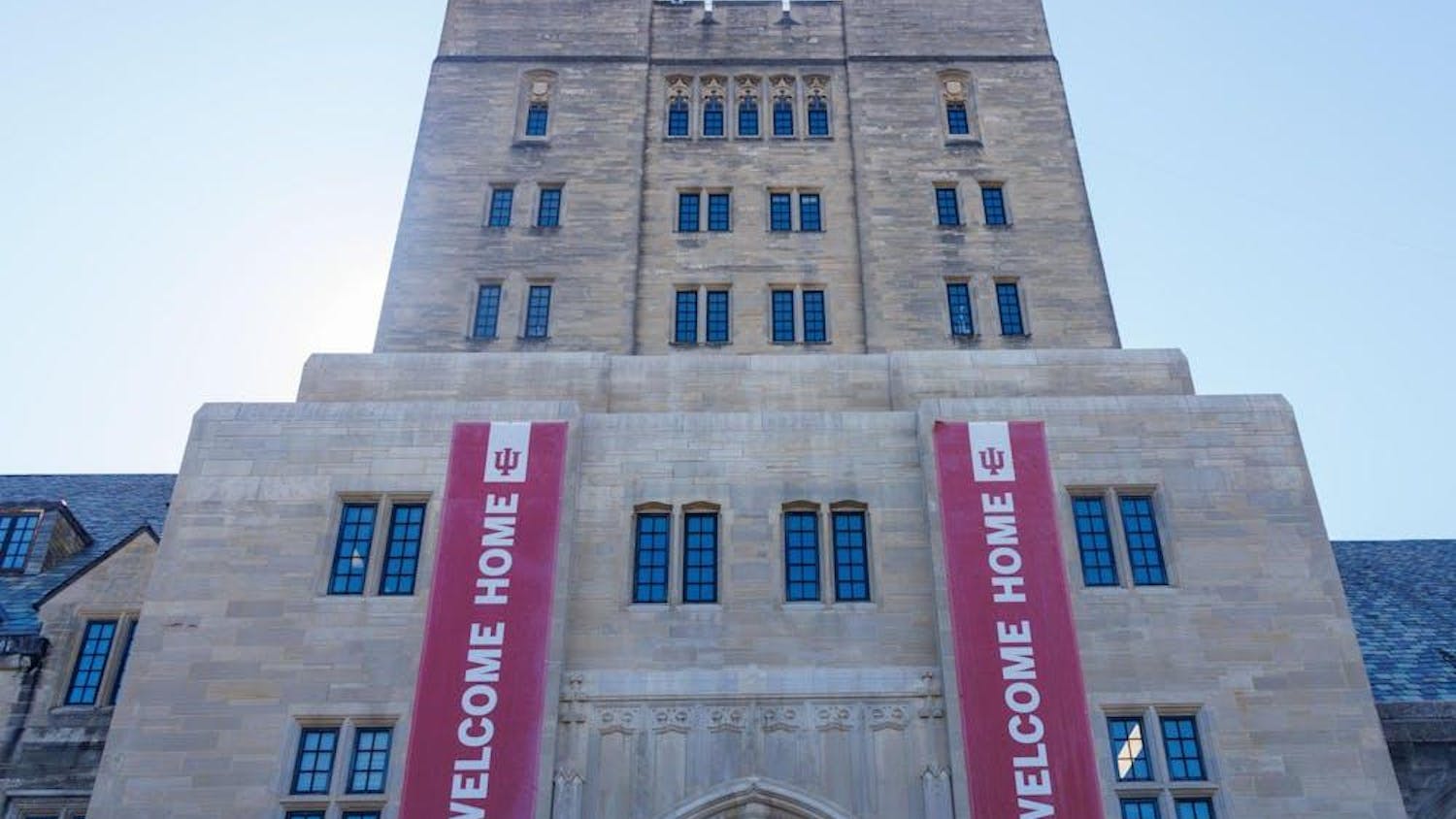Those laboring behind the scenes at the Musical Arts Center agree: The magic and mystery of the opera season would be impossible without the mayhem.\n"It's a real opera house," director Michael Clark says. "Putting on a performance is a full-time job for everyone."\nTo make the onstage performance come alive, orchestra members, set builders, costumers and others come together with directors and organizers to create a show to wow all five of the senses.\nThe MAC's spring operas are "Faust," "Rigoletto" and "Candide," all of which Clark says are highly demanding. The stage lineup required more artists and costumes and a larger stage crew.\n"It scared us at first," Clark says. "We didn't think we had enough students to run it efficiently." \n"Faust," a French opera about a doctor torn between love and hell that had its premiere last month, was one of IU's largest sets and demanded one of the biggest casts, Clark says. He says more than 100 people worked behind the scenes of the opera.\nErika Zeckser, a graduate student working on a master's in viola performance, is in charge of setting up the orchestra for all operas. She says the orchestra is a demanding responsibility; practices span three and a half hours each night during dress rehearsal week.\n"It really is a rush," Zeckser says. "I do prefer it to being in the spotlight, but I also help set up the pit, tear it down, prepare for the show and tell the conductor when we're ready."\nWhat thrills her, she says, aside from the finished product, is the process.\n"It really is amazing how everyone works together in a cohesive unit with smaller units inside, making it happen: to see the connection from what the carpenters build out of wood, to the painters to the crew setting it up," she says. "The audience doesn't realize it."\nThe team working behind the scenes is broken into specialized units. The faculty and staff members supervise, as do graduate students, who have undergraduates working under them. Clark says three full-time carpenters build the sets, though few students assist them. In the scenery shop, artists paint anything from sets to accessories.\nClark explains: "You can't just paint; it takes artistic background. The people working back there can't just use a flat color; there has to be some texture."\nThe costume shop is equally demanding, Clark says. He says every opera is double-cast and every ballet is triple-cast, in the event of injury or sickness. But the extra performers mean more costumes.\n"We make some, we rent most, but almost all of them need to be altered, which is an enormous amount of work," he said. \n"Rigoletto," which had 21 main roles and 36 chorus members, required detailed costume work, says Nikki Bultema, a junior majoring in costume design. \n"First you have to take measurements of everyone, and then we have to make the actual piece. This has to happen before the actual fitting," Bultema says. \nAlthough most of the time the costumes are ordered and only need simple alterations, the process is still time consuming. \n"I'm only here a few hours a day, and it takes me usually a few days to make one thing," Bultema says. \nA lighting crew and electric crew handle the technical aspects. While a supervisor designs the lighting scheme, students work the lights.\nDressers who work for the costume department handle costumes during the show. The set and stage crews change sets and work backstage. \nThe crew members sit and wait for the mayhem to begin, Clark says.\n"You can be backstage during a performance and not see any of them," he says. "And with a quick change they'll all materialize."\nZeckser says if the set is not stationary, which is rare, the crew might be scrambling around for an entire act.\n"Literally, you sit for an hour and then for three minutes you're just running around. It happens in little spurts," Zeckser says.\nKent Cyr, assistant technical director, says all the running around is like "playing 'Tetris' all day long," with limited time to fit the pieces together.\n"My favorite question is 'Will you have it done on time?'" he says. "Do we have a choice? I mean we're working in a specific time period; no matter what else is going on, there is no time off, no sick days. It has to get done."\nIn the more than 80 shows Cyr has worked on, he says this spring carries an especially heavy load.\n"This season has some of IU's biggest shows and sets," Cyr says. "We're constantly pressed for time and space"
Behind the Scenes
More to IU\'s opera series than meets the eye
Get stories like this in your inbox
Subscribe





